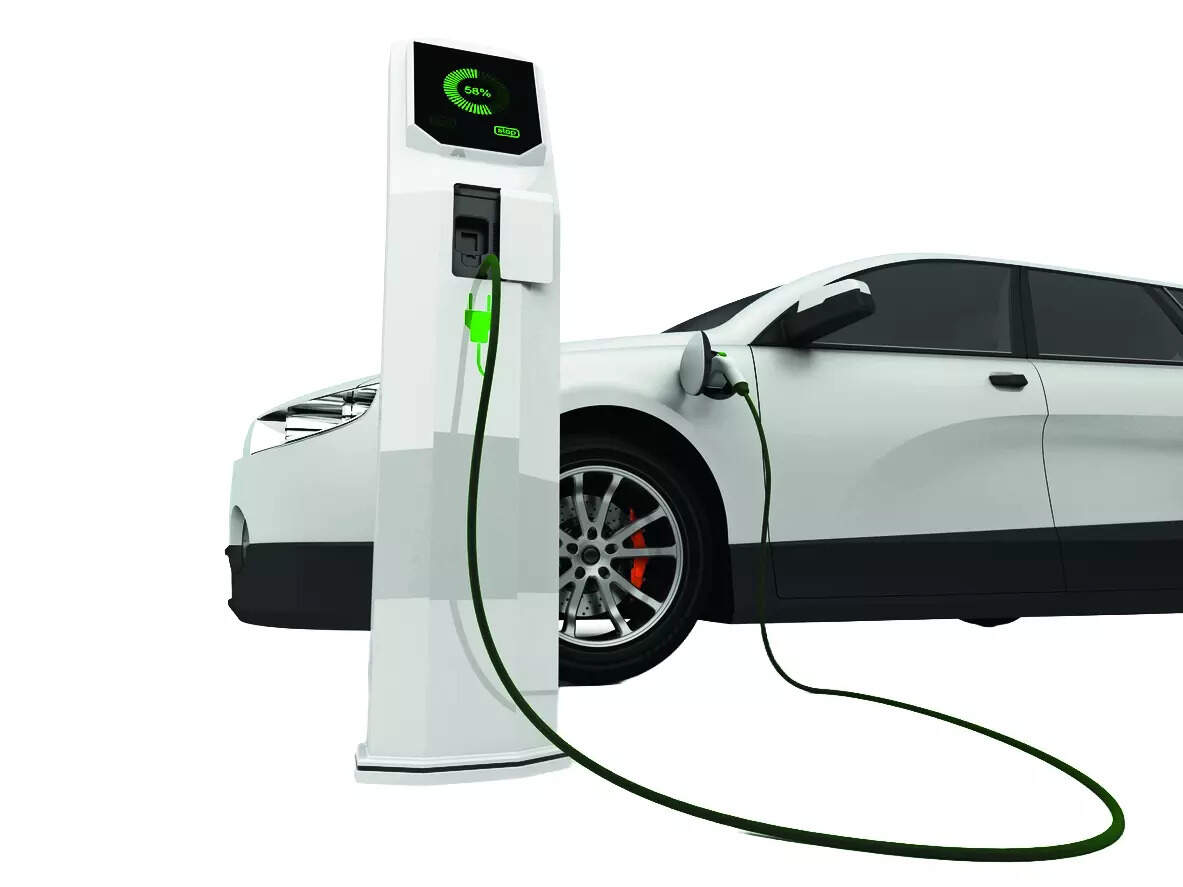
This probably sounds obvious, but every single commercial vehicle on the road is acquired on credit. But what you might not have thought about is how behind a simple loan is a vast financial infrastructure built up and refined over a century.
The catch is that this entire financial ecosystem has been built around ICE vehicles—and electric vehicles have a lot of catching up to do.
For any kind of asset-backed loan, much of the cost of credit will be determined by how much the asset can be sold for if the borrower stops paying. The term bankers use for this is “residual value”. In simple terms, the higher the residual value, the lower the monthly EMI.
The perception of residual value is low for EVs right now, since there isn’t a strong resale market for EVs yet. Additionally, batteries make up 30-40% of an EV’s price, and lenders aren’t sure how they age and wear out. On top of that, long charging times raise the question of how many kilometres drivers can do in a day, which limits how much they can earn.
This overall uncertainty means lenders charge higher interest rates for an electric three-wheeler. They also mostly offer only 3-year loans, as opposed to up to 5 years for ICE vehicles. Higher rates plus shorter tenures mean EMIs that are INR 2,000-3,000 more every month.
For large logistics companies, financing isn’t as much of an issue since they can show large contracts to get better terms. But for small operators—drivers-cum-owners (DCOs) and small fleet operators (SFOs)—even a couple of thousand rupees a month more is difficult. These operators account for roughly 70% of the three-wheeler cargo market and almost all of the autorickshaw market, by industry estimates. For this majority, the cost of financing needs to come down significantly to drive EV adoption.
In fact, we believe that commercial EV financing can actually be cheaper than ICE financing, for four reasons:
1. Longer chassis life: EVs have fewer moving parts and significantly less wear and tear than ICE machines. This means that, if anything, the residual value of the chassis of an EV should be better than that of an ICE chassis.
2. Rapid charging = better earnability: A key limitation of slower charging vehicles is that a driver can only do so many kilometres in a day before having to charge for hours. Faster charging removes this concern since drivers only have to stop for 10-15 minutes at a time and can drive through the day. This means higher income, which improves creditworthiness.
3. Battery life cycles have vastly improved: A modern LFP battery can be charged and discharged thousands of times. (Companies such as Exponent Energy offer a warranty of 3,000 rapid charging cycles.) They also don’t age over time like with some other battery chemistries. This means that a vehicle with a good battery should be able to fetch a decent price in the secondary market.
4. EVs are digital: EVs are fundamentally connected vehicles. This means that there’s a ton of data on how a vehicle is being used and how healthy the battery is. Lenders can incorporate this data in credit underwriting. Plus, if a borrower defaults, they can track down the vehicle and seize or remotely freeze the asset.
All of this could actually drive financial inclusion by making it possible for small operators to access regular financing, where earlier up to 40% were reliant on informal credit for ICE vehicles.
But the industry could also deliver something entirely new for these drivers.
For small operators, business varies from month to month, usually peaking in the festive season in October-November. In the dry months, having a fixed EMI hurts your cash flows.
An EV-specific financing solution is to directly finance/lease only the vehicle, while the lender owns the battery and the vehicle operator rents the battery on a per-kilometre rate. When the battery warranty runs out, the financier replaces the battery and the driver continues to rent it.
A fixed EMI of INR 14,000-15,000 a month can go down to INR 8,000-8,500 a month for just the vehicle, with battery rentals priced at INR 2.0-2.2 per kilometre. This “battery-as-a-service” approach links the driver’s financing costs to usage, with multiple advantages:
1. Lenders should be comfortable financing the chassis or body of a vehicle, which they understand better than a battery.
2. The driver’s fixed monthly EMI drops by about 40%.
3. In months when income is low, battery rental costs also drop.
4. EV financing is usually for 3 years, but a battery can be rented over 4-6 years.
Eventually, battery-as-a-service could also be bundled with charging, for one monthly payment, making it more like energy-as-a-service. At the end of the day, to win over India’s millions of drivers, the key is a financing solution that spreads out the cost of an EV, while also delivering flexibility.

